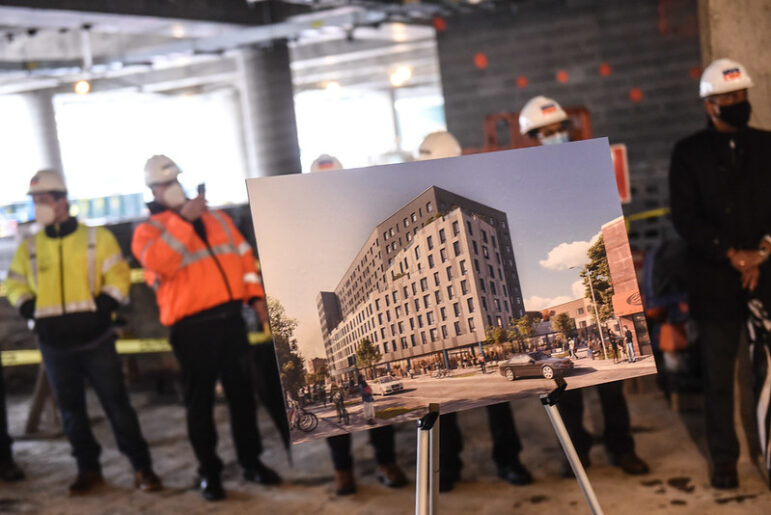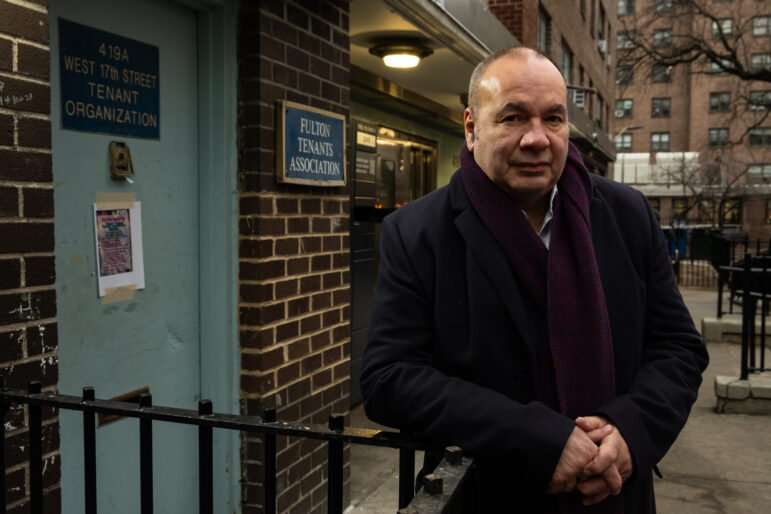Rent-controlled tenants can now breathe easier: On April 6, the state Supreme Court validated the way that their rents are being calculated–a method that has led to relatively modest annual increases recently of between 3 and 4 percent.
A 1996 case filed by landlord groups sought to change the way these rent hikes are officially figured, by requiring state administrators to use a more generous state-determined formula rather than a locally determined formula. Tenant groups, led by the Metropolitan Council on Housing, requested that the local formula become permanent. Had the judge decided in favor of the landlords, rent-controlled tenants would be facing 7.5 percent rent increases each year.
Instead, the judge said the local calculus was “a better estimate,” because it measured landlord profits by averaging the cash flow in rental-sized buildings only, rather than using all types of buildings as a standard of comparison.
For the tenants of the city’s 70,572 rent-controlled apartments, the added protection of the judge’s decision is a real boon. Rent-controlled tenants are some of the city’s most vulnerable: Their median household income in 1995 was only $13,428, and the median age of a rent-controlled tenant was 70. “Generally, [rent-controlled tenants] are the lowest-income tenants in the city,” said lawyer Stephen Dobkin, who argued the tenant side of this case. Allowing a major rent increase, he added, “would not only be unjustified, but would have been a terrible hardship.”








